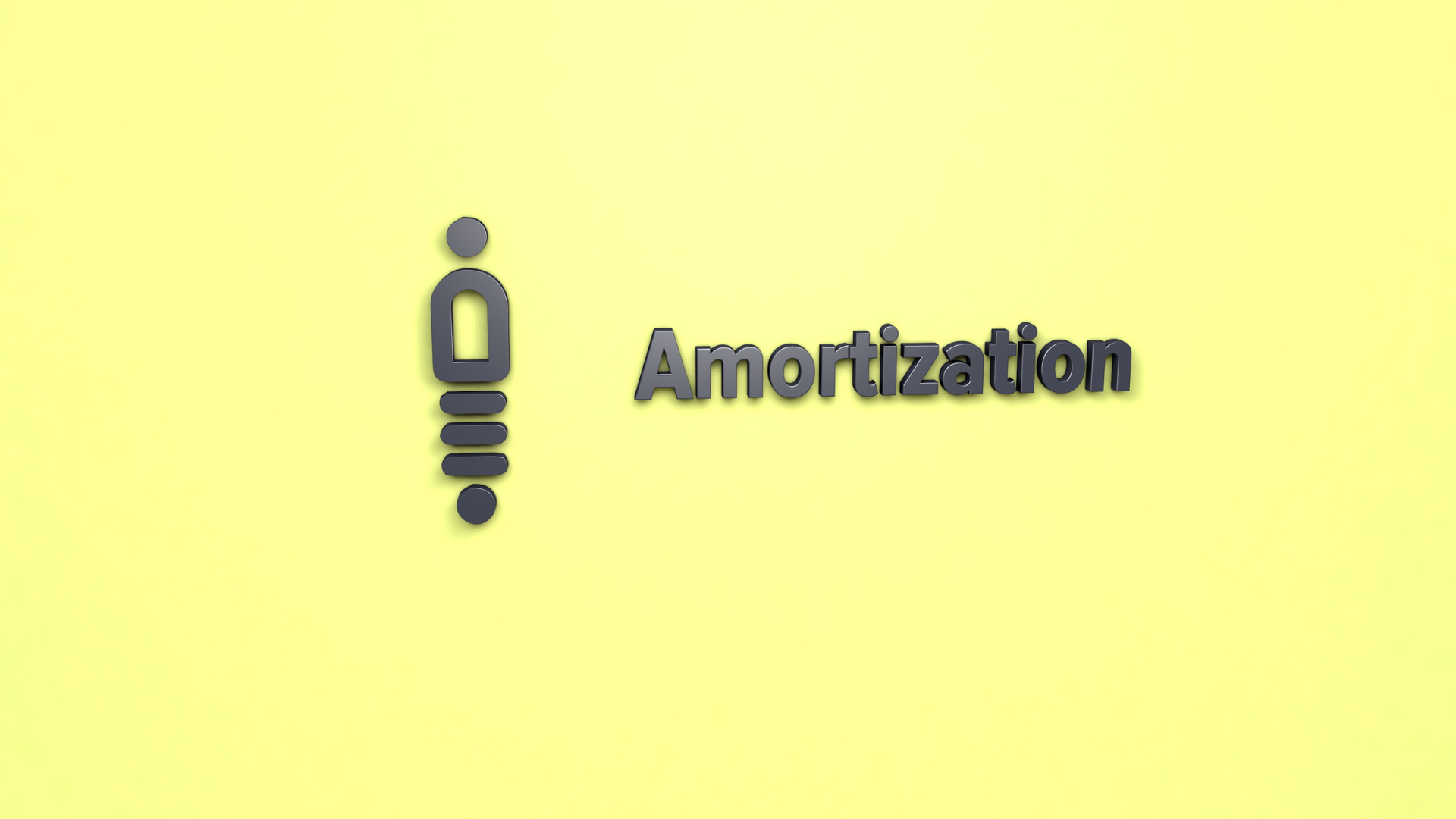If you’re a homeowner, you probably already know that a mortgage is a big financial commitment. The amount involved may seem overwhelming, especially for new homeowners or those that have never had to take out a mortgage before. However, the payoff that comes with home ownership—and owning a home outright—is well worth it. And to make paying your mortgage easier, amortizing the cost of your home over 30 years may be the way to go. Of course, there are alternatives, such as paying your mortgage off early. When deciding, it’s important to understand the basics of amortization.
With so many mortgage products on the market today, understanding the basics of amortization can help you make smarter decisions when shopping for a mortgage. Amortization, or loan payments, must be paid in full at the end of the loan term. When purchasing a home, interest is charged on the entire purchase price and is compounded monthly. Each payment also includes a portion that goes toward interest and another toward paying down the principal balance. The first step to understanding amortizing debt is knowing what it actually is.
What is Amortization?
Amortization is defined as the process of paying back the debt over a specific time. It refers to the process of paying off a loan, and it’s the process of paying back debt in equal payments over time. When you make regular payments on your debt, you are essentially paying the loan back over time. Amortization doesn’t always have to be applied to a loan. If you have a credit card, you will repay that debt over time by making payments on your card.
The word amortization means paying off a loan or mortgage, but it can mean more than that. When it comes to real estate loans or mortgages, if you pay extra each month, often referred to as “amortizing” the payment, the loan principal will be reduced faster. In other words, amortizing a mortgage means paying more toward the loan principal than simple interest. Thus, a loan with 10 percent interest and a principal balance of $100,000 with a monthly payment of $1,200 would be paid off in 25 years. Paying an extra $100 each month (a $1,200 payment with $100 extra) would reduce the loan principal by $1,200 each year so that the loan would be paid off in 19 years.
The Essence of Amortization
Amortization, the repayment of a loan, is a pretty simple concept. Repayment starts at the original loan rate (often referred to as the “amortization rate”). Each payment is charged at a lower, fixed interest rate, so the borrower pays down the principal of the loan. The repayment period (typically years) is divided into equal, fixed payments. For example, a loan with a 10-year repayment period and a loan with a 25-year repayment period will have the same monthly payment, but the 10-year loan is paid off in half the time.
The 10-year mortgage is the most common product on the market, and for many, it is the only available option. But, there are alternatives to this mortgage. For example, the 15-year mortgage requires a monthly payment that is 15% higher than the monthly payment for the 10-year mortgage. Therefore, this mortgage can be a good option for those who can afford the higher monthly payment but prefer a shorter loan.
Amortization is a process that accounts for how the payments on a loan are spread out over time. This can help lower the total cost of a loan because the interesting part of the payment starts smaller, and you pay it back in smaller installments. It’s most commonly used for mortgages, but it can also be used for other types of loans or purchases.
Amortization is a loan term that gets a bad reputation because it makes a lot of people feel bankrupt. While the term may be intimidating, it is a way to spread out the cost of something and make it more affordable in the long run. Amortization is calculating and allocating the payments for a loan, with regular payments being applied to principal, interest, or both. The payments you pay on a loan are often referred to as “amortization payments” because they consist of principal and interest.







